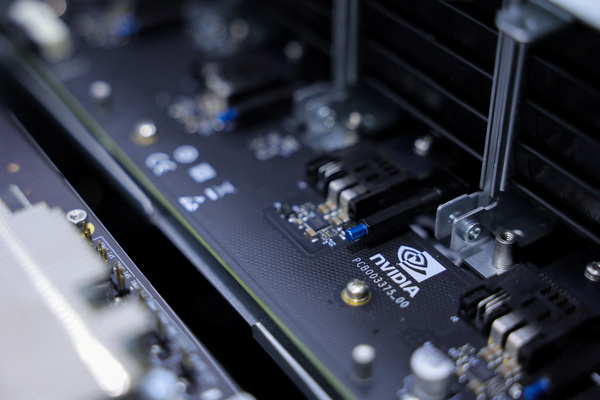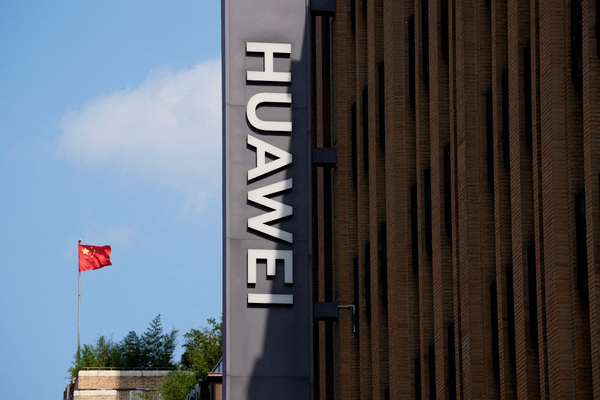Data management and success with GenAI

Scott Anderson at Couchbase explains why data management is so important for the effective deployment of AI tools
The rise of Generative AI (GenAI) is set to revolutionise how companies operate. The technology has unlocked new types of applications that are able to transform the end-user experience and meet ever-accelerating productivity demands.
Organisations are eager to harness this newfound power. In fact, 98% of organisations Couchbase surveyed have specific GenAI goals for 2024 – with AI accounting for nearly a third of their digital modernisation spending in 2023 and in 2024.
Alongside budget commitments, how can organisations and their IT departments support AI’s rapid growth? Before being able to capitalise on GenAI’s promising new applications, organisations must first make sure that their data architecture is up to the task – or risk falling victim to inefficiencies, inaccuracies and potential security breaches.
Stumbling blocks
Organisations are already pouring significant resources into digital modernisation endeavours. According to Couchbase’s research of IT leaders, the average investment in digital modernisation initiatives reached around $28 million per organisation in 2023.
However, obstacles such as legacy technology challenges, resource constraints, and a lack of buy-in continue to impede progress. On average, organisations squander $4 million annually on projects that either fail, are scaled back, or experience delays. Furthermore, nearly two-thirds (63%) of organisations have encountered delays exceeding three months due to issues related to IT modernisation.
Project delays have a huge impact on organisations, as they struggle to remain efficient and competitive. This is problematic, given the productivity pressure organisations are facing, with 72% believing their departments are under pressure to do more with less.
Currently, 54% of IT leaders state they do not have all the elements of a data strategy suitable for GenAI in place. Indeed, only 18% of enterprises have a vector database that can store, manage, and index vector data efficiently – a crucial asset for minimising GenAI inaccuracies by consolidating reliable data. Elsewhere, organisations don’t have the necessary security guardrails in place to protect the data they’ve got. Such shortcomings hinder business decision making and leave data vulnerable to breaches, potentially resulting in reputational and financial damage.
Slow and steady wins the race
CIOs must address change not only from a technical standpoint but also at a cultural level to ensure GenAI success. Organisations must set realistic goals for what the technology can do, helping to set projects up for success.
Too often, organisations rush into adopting GenAI without understanding its effective and safe use, as noted by 64% of respondents. Hasty AI investments risk diverting spending from other business areas, leaving critical aspects of the organisation underfunded and vulnerable, whilst compromising overall operational stability and success.
Meanwhile, CIOs need to ensure they have the technology in place that enables data to be shared and accessed quickly – preventing AI from drawing incorrect conclusions based on outdated information. Security and privacy are equally important: CIOs must prevent accidental exposure of sensitive intellectual property.
Additionally, it is essential to consider the end users of the technology. Employees need proper training to ensure they use GenAI optimally and safely.
Maintaining and improving GenAI capability without reducing investment in other areas is challenging – but it can be done. A comprehensive data strategy offers control over where data is stored, who has access to it, and how it is used so that data cannot be used inappropriately. And implementing strong data governance policies will help to define data storage and utilisation, alongside specialised tools and procedures to safeguard proprietary and customer information.
Organisations must also consider data architecture itself. Managing data at speed using a high-performance database is key to enabling real-time GenAI. The technology requires different levels of data processing, which can be achieved with databases that can handle both structured and unstructured data.
Embracing the GenAI revolution
Once organisations have a strong data strategy in place, they can begin to reap the rewards of GenAI. Right now, many organisations are seeing value in adaptive applications – smart applications that perform specific tasks while using AI to adapt to user profiles and ongoing events. For example, customer service platforms can use AI to tailor responses based on previous interactions and real-time context, providing a personalised and efficient service experience.
These applications offer consumers adaptability, simplicity, and flexibility – whilst being simpler to roll out than “jack of all trades” applications that attempt to encompass too many functionalities at once. In today’s competitive landscape, adaptive applications are becoming increasingly essential.
Failing to meet consumer expectations for personalised experiences poses a significant risk for organisations, leading to dissatisfaction or even loss of market share. In fact, a staggering 41% of organisations are facing real risk of closure if their applications no longer meet expectations.
Data delight
If organisations hope to unlock GenAI’s full potential, they need to invest in the right data management and infrastructure architecture. Through modernising data management strategies, they can grant themselves control over the high-speed data analytics and processing that AI demands, without unnecessarily increasing infrastructure demands.
Scott Anderson is SVP of Product Management and Business Operations at Couchbase
Main image courtesy of iStockPhoto and anyaberkut

Business Reporter Team
Most Viewed
Winston House, 3rd Floor, Units 306-309, 2-4 Dollis Park, London, N3 1HF
23-29 Hendon Lane, London, N3 1RT
020 8349 4363
© 2024, Lyonsdown Limited. Business Reporter® is a registered trademark of Lyonsdown Ltd. VAT registration number: 830519543





